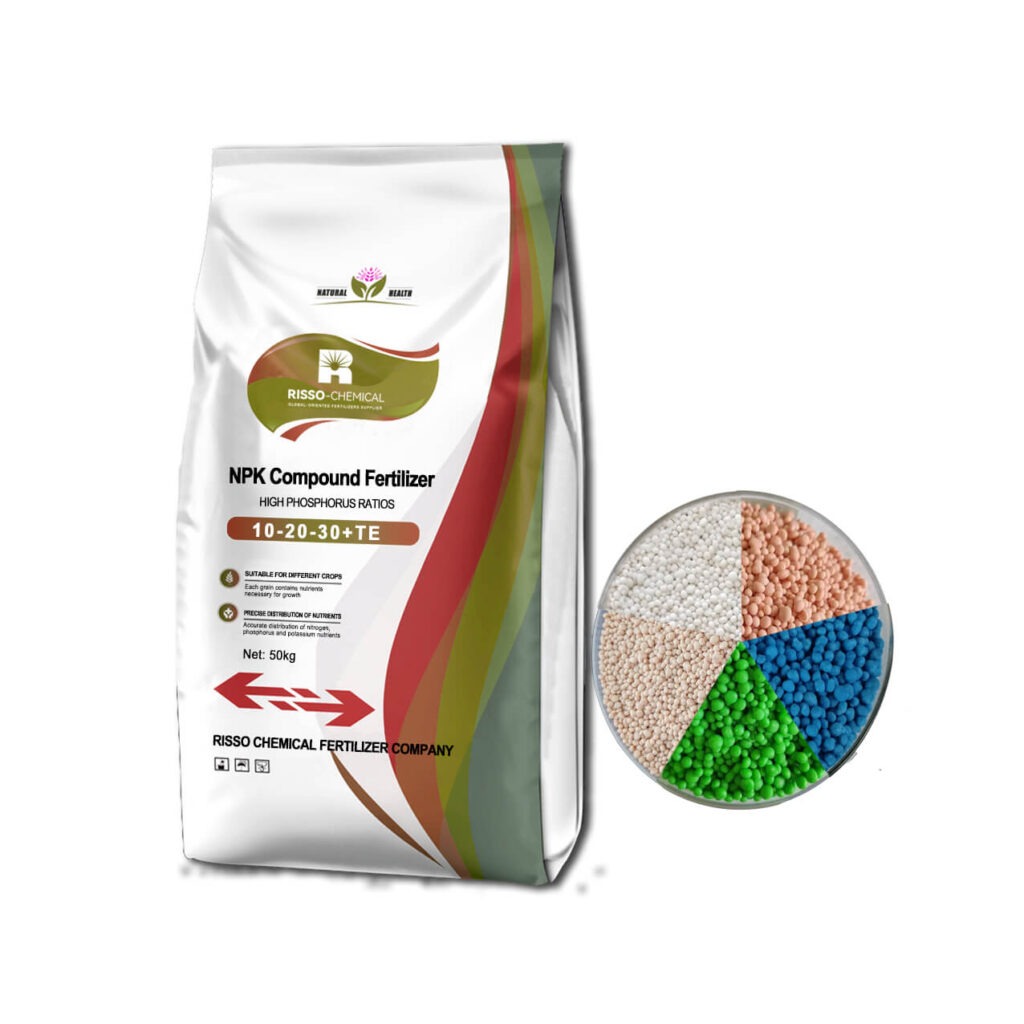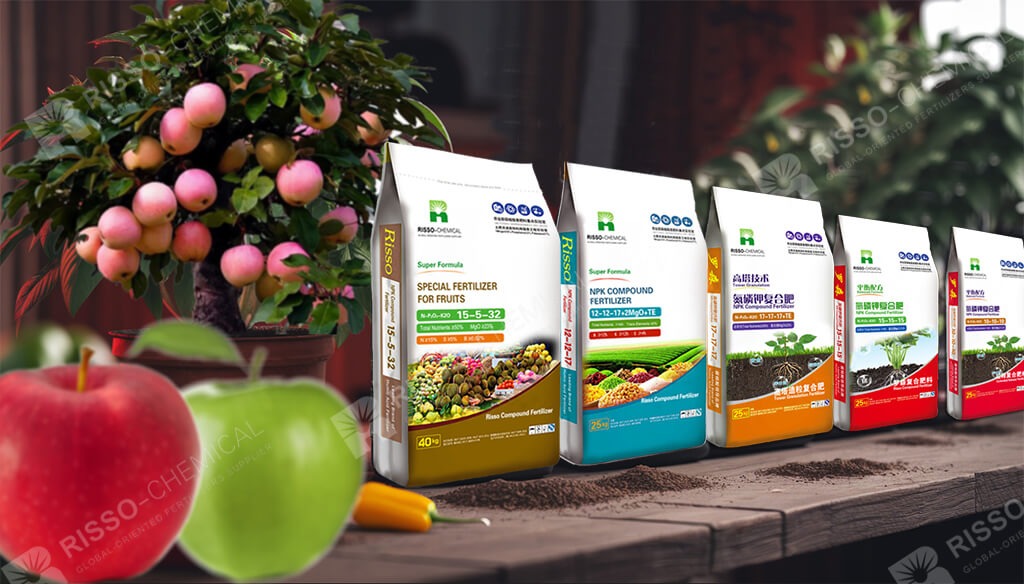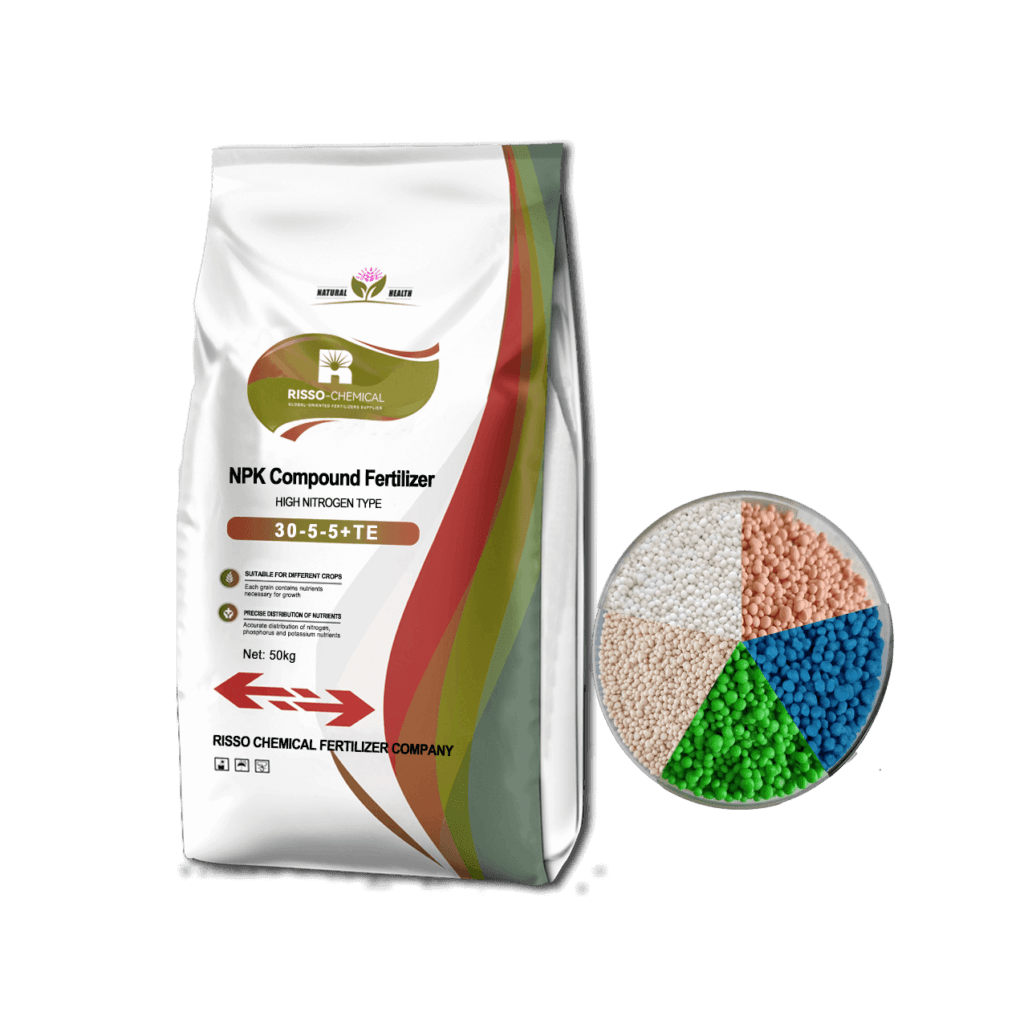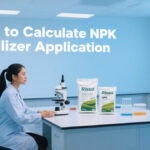Let more growers get greater benefits
How Are Urea Fertilizer Granules Manufactured?
- Industry News
- April 15, 2025
- 11:12 am

Achieving a healthy, green, and resilient lawn requires more than just watering and mowing—it begins with applying the right NPK lawn fertilizer using proper methods and timing. In this comprehensive guide, we’ll walk you through how to apply NPK fertilizers effectively to lawns, with expert insights that cater to both new and experienced lawn care enthusiasts.
Table of Contents
- What Is NPK and Why Does It Matter?
- Step 1: Conduct a Lawn Soil Test and Identify Grass Type
- Step 2: Select the Right NPK Lawn Fertilizer Ratio
- Step 3: Timing – When to Apply NPK Fertilizer to Lawns
- Step 4: Prepare the Lawn Before Fertilizing
- Step 5: Apply the NPK Fertilizer Evenly
- Step 6: Post-Application Lawn Care
- Tips for Optimizing Lawn Health with NPK Fertilizers
- Choose Risso® Fertilizer for Reliable Lawn Performance
📘 What Is NPK and Why Does It Matter?
NPK refers to the three essential nutrients found in most lawn fertilizers:
N = Nitrogen: Encourages vigorous leaf and shoot growth, enhancing the lawn’s green appearance.
P = Phosphorus: Promotes strong root development and is especially important during lawn establishment or reseeding.
K = Potassium: Increases disease resistance and enhances drought and cold tolerance.
Understanding the NPK ratio that matches your grass type and soil condition is key. For example, low-phosphorus NPK fertilizers for mature lawns (e.g., 30-5-5) are ideal for established turfgrass, while starter NPK fertilizers for new lawns (e.g., 18-24-6) support early root formation.
📊 Step 1: Conduct a Lawn Soil Test and Identify Grass Type
Before choosing a fertilizer, perform a lawn soil nutrient test to determine existing levels of nitrogen, phosphorus, potassium, and pH. This helps prevent over-fertilization and identifies any deficiencies.
Next, identify your grass species:
Cool-season grasses (e.g., Kentucky bluegrass, tall fescue) thrive in spring and fall.
Warm-season grasses (e.g., Bermudagrass, Zoysia) peak during late spring and summer.
Matching the fertilizer to your grass and climate is essential for effective nutrient absorption and long-term lawn health.
🧪 Step 2: Select the Right NPK Lawn Fertilizer Ratio
Choose your fertilizer based on the season and your lawn’s condition:
For general maintenance: A slow-release 20-0-10 NPK lawn fertilizer is often ideal.
For boosting stressed or patchy turf: Consider high-nitrogen granular NPK fertilizers that promote quick greening.
For preparing lawns before winter dormancy: High-potassium fall NPK blends for lawn winterization like 10-0-20 support root resilience.
Calculate the amount needed:
If applying 1 lb of nitrogen per 1,000 sq ft using a 20-0-10 fertilizer:
1 ÷ 0.20 = 5 lbs of product per 1,000 sq ft. Multiply by total area accordingly.
📅 Step 3: Timing – When to Apply NPK Fertilizer to Lawns
The best time to apply NPK fertilizer to lawns depends on your turf type:
Cool-season grasses: Fertilize in early spring (when soil reaches ~55°F) and again in early fall.
Warm-season grasses: Begin in late spring when soil warms to ~65°F and continue monthly through summer.
Avoid fertilizing during heatwaves or when heavy rain is forecast, as nutrients may be lost through volatilization or runoff.
🧹 Step 4: Prepare the Lawn Before Fertilizing
To ensure uniform nutrient uptake:
Mow the lawn 1–2 days before application.
Rake away leaves, thatch, and debris to expose soil and grass crowns.
Water lightly if the soil is dry—moist soil helps fertilizers dissolve and absorb better.
🚜 Step 5: Apply the NPK Fertilizer Evenly
Use a lawn broadcast spreader for large areas or a drop spreader for narrow or precise zones.
Set the spreader according to the manufacturer’s guide.
Apply in overlapping passes in a crisscross pattern to ensure even distribution.
Water in granular NPK fertilizers immediately after application to prevent leaf burn and activate nutrient release.
If using liquid NPK lawn fertilizer for fast results, apply using a hose-end or pump sprayer and avoid watering for a few hours post-application.
🌦️ Step 6: Post-Application Lawn Care
After fertilization:
Water the lawn deeply unless it has already rained.
Avoid mowing for 24–48 hours.
Keep pets and children off the lawn for at least 24 hours.
Sweep excess granules off sidewalks and driveways to prevent nutrient runoff.
Consistent aftercare ensures that the nutrients work as intended and your lawn develops a strong, even color.
📈 Tips for Optimizing Lawn Health with NPK Fertilizers
Here are some additional insights to maximize lawn performance year-round:
Use slow-release nitrogen fertilizers for long-lasting turf color and reduced mowing frequency.
For lawns in sandy soil, consider frequent light applications of NPK to prevent nutrient leaching.
In high-traffic areas, use balanced NPK fertilizers with added micronutrients like iron and magnesium to restore damaged turf.
🌟 Choose Risso® Fertilizer for Reliable Lawn Performance

Whether you’re revitalizing a tired lawn or maintaining a lush green yard all season long, Risso Fertilizer offers expertly formulated NPK fertilizer solutions for residential and commercial lawns. Our products are designed for easy application, controlled nutrient release, and maximum absorption, even in challenging soils. With options ranging from starter NPK blends for new grass to high-potassium fall fertilizers, Risso helps homeowners and professionals achieve consistent, sustainable results. Try Risso and experience the difference of professional-grade nutrition tailored to your turf’s unique needs.
Conclusion
If you’re searching for how to fertilize a lawn with NPK, or wondering when to apply granular fertilizer to grass, follow these proven techniques—and trust Risso Fertilizer for unmatched quality and performance.
Related Fertilizers
- Article
What will you get when touch?
✔ Quick & helpful reply within 6 hours.
✔ Tailored solutions for your project.
✔ One-stop product, tech, market
TRENDING
Want to find a China fertilizer manufacturer?
Risso will be your best choice; send us your request for your fertilizer details requirement.
TAIAN RISSO CHEMICAL FERTILIZER CO.,LTD
- Address: High-tech Development Zone, Taian City, Shandong Province
© Copyright 2017 RISSO CHEMICAL. All Rights Reserved.











